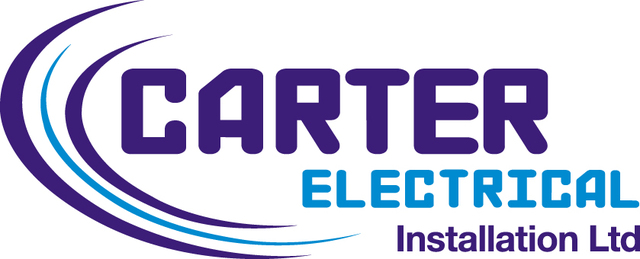As professional electricians, we see a LOT of things. We’re the people you call when the lights flicker, when a fuse blows, or when you need a new socket installed. But we’re also the people who often discover hidden dangers that homeowners are completely unaware of. The truth is, while the UK has strict electrical safety standards, many homes, especially older ones, are ticking time bombs of potential electrical hazards.
Here are five very common but often unknown electrical hazards that we frequently encounter in homes across the UK:
1. The ‘Forgotten’ Recessed Lighting
Recessed lighting, also known as downlights, is a popular choice for modern aesthetics. However, the heat they generate is a major concern. If a downlight is installed without proper clearance from insulation or timber, the heat can cause the surrounding material to smoulder over time. This is a slow, silent hazard that can lead to a fire. Even if you’ve recently had them installed, it’s worth having a professional check that they are properly ventilated and have a fire-rated enclosure if they’re near insulation.

2. Overloaded Extension Leads and Multi-way Adaptors
This one seems obvious, but the way it’s done is often the problem. Most people know not to plug too many high-power appliances (like kettles and heaters) into one extension lead. The real hazard comes from the ‘daisy-chaining’ of extension leads – plugging one extension lead into another. This exponentially increases the risk of overloading the circuit. A single extension lead is designed to handle a certain load. When you add another, you’re not just adding more plugs, you’re adding more resistance and heat, which can quickly lead to a fire.

3. Damaged or Frayed Cables Hidden Behind Furniture
How often do you move your sofa, heavy furniture or your bed? Probably not very often. This means that the cables for lamps, TVs, and other appliances tucked behind them are rarely seen. Over time, these cables can be crushed, pinched, or chewed by pets, leading to a breakdown of the insulation. A frayed or damaged cable is a direct path for an electrical fault, which can cause a shock or, more likely, a fire. Make it a habit to periodically inspect all the cables in your home, especially those that are out of sight.

4. Old or Damaged Consumer Units (Fuse Boxes)
In many older UK homes, the original fuse box is still in place. These old units often use cartridge fuses or rewireable fuses, which are less effective at preventing electrical faults than modern RCDs (Residual Current Devices) and MCBs (Miniature Circuit Breakers). A modern consumer unit is designed to trip much faster and protect you from a wider range of faults. If your fuse box is grey, metal, and looks like it’s from a different era, it’s definitely time to consider an upgrade.

5. Non-Compliant DIY Electrical Work
We’ve all been tempted to save a few quid by doing a bit of DIY, but electrical work is one area where it’s simply not worth the risk. A poorly wired socket, a wrongly connected switch, or a badly installed light fitting can all lead to serious problems. A non-compliant installation might work for a while, but it can be a hidden fire risk or a shock hazard waiting to happen. In the UK, most electrical work needs to be carried out by a registered electrician and certified according to Part P of the Building Regulations.

Stay Safe, Get a Professional Check
While this list might seem alarming, the good news is that these hazards are easily rectified. A professional electrician (yes, we are all fully professional, even Jon!) can perform a full Electrical Installation Condition Report (EICR) on your home. This comprehensive check will identify any and all potential hazards, giving you peace of mind and ensuring the safety of your home and family. Don’t wait until it’s too late – give us a call today for a no-obligation chat about your electrical safety.
